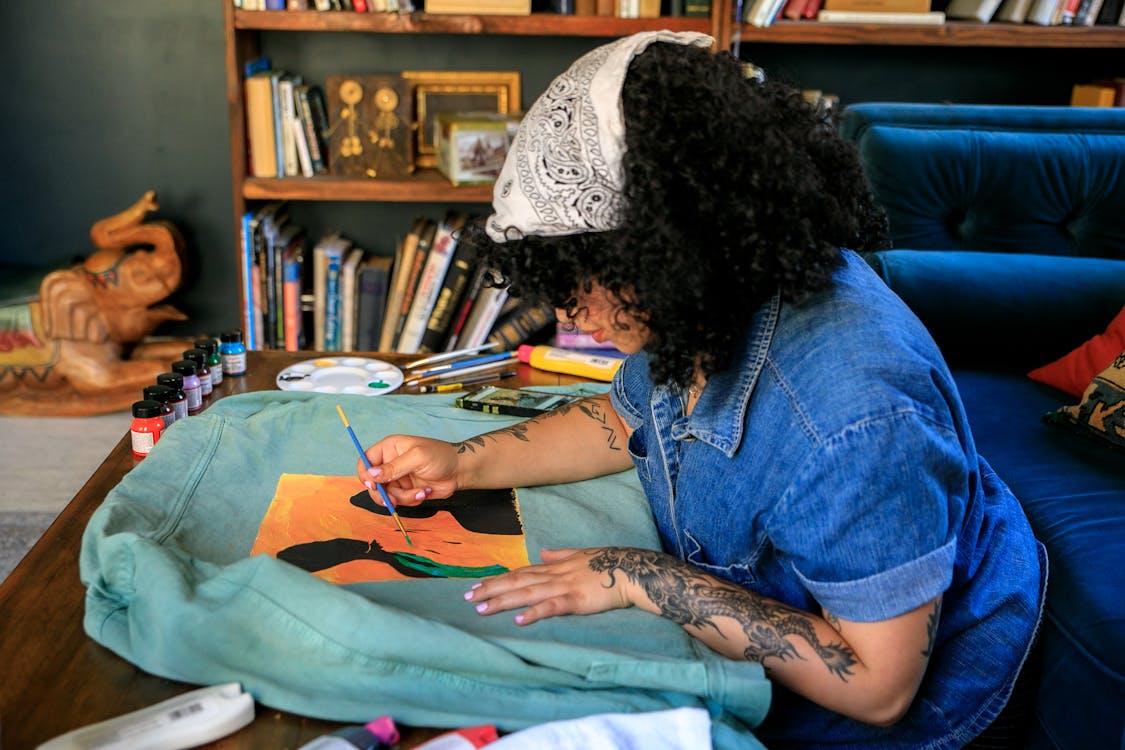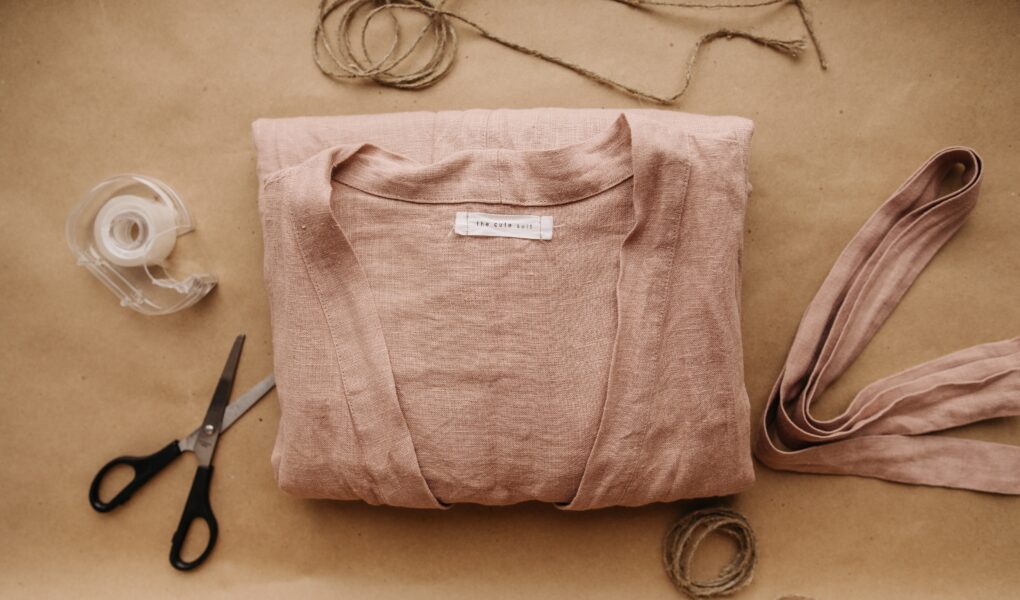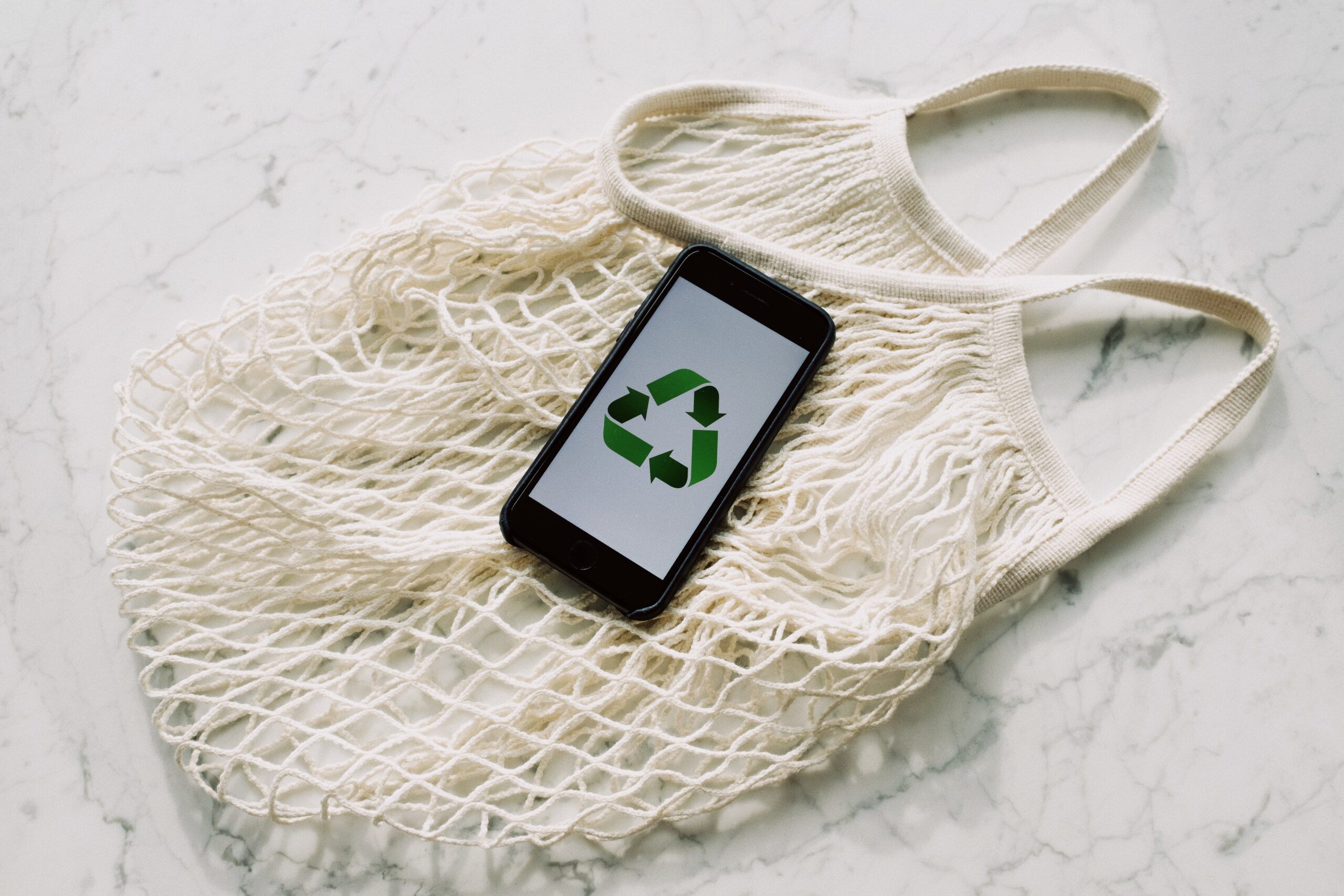If you think about it, buying secondhand clothes is really a smart move. Not only will you save on your own spending, but you’ll also be doing your part to help the environment. But how much of a difference do these clothes actually make? Fashion is something that is constantly changing and evolving, it doesn’t always end up being reused like you might expect. This article will address how much secondhand fashion really helps the environment, whether or not it’s worth subscribing to a subscription service for clothes, and other ethical considerations of your wardrobe choices.
The Impacts of Secondhand Fashion

Some say that secondhand fashion helps the environment. The idea is that you can buy used clothes and then pass them on to an organization just as good as new. Others think that it actually harms the environment because it creates an excess of clothing in a world where people are constantly buying and discarding clothes as they get older. Most of us are aware of the negative impacts that our clothes can make on the environment, including pollution and landfill waste. However, we might not know that the impact of clothes is actually even worse than what most people think. Secondhand fashion contributes to a high rate of textile waste, which occurs in countries where people are buying and selling used clothing in markets.
It slices up what otherwise would have been two complete garments into two pieces and sells them separately As a whole, the fashion industry is responsible for 7% of greenhouse gas emissions. A huge portion of these emissions come from clothes that are thrown away after only a few wears. For many people, the thought of purchasing secondhand is too scary to take on but in reality, it can not only help our planet but also save you money.
How much cloth and textile waste do we throw away a day?
A new study conducted by researchers at Stanford University has found that the amount of textile waste thrown away is actually about two billion pounds per year. They also discovered that it would cost approximately $2.4 trillion to recycle this waste and process it into reusable materials. To add, if we recycled just one percent of the textile waste, it would provide enough electric power for an estimated nine million homes and save 10 million barrels of oil per year.
If you’re curious how much waste cloths and textile we throw away a day, let’s take a look at some numbers:
We throw away around 2.9 billion kilograms of textiles every single year. We don’t just throw them away in our landfills though; they’re made into paper and plastics or used for compost or animal bedding. But now the Fashion Revolution Day is near, what are the other ways that these textiles are helping out?
Can wearing secondhand clothing help the environment?
The answer to the question whether wearing secondhand clothing helps the environment is “yes” and “no.” If you decide to wear secondhand clothes, you will help reduce the amount of garbage that goes into landfills. However, there are some things to consider when wearing secondhand clothing:
1. Clothing was made in a time when people didn’t understand how dangerous chemicals can be on our health.
2. Clothing may also have stains or smells from years of use.
3. Sometimes items of clothing are not designed for today’s fashion trends and may not fit properly in your wardrobe.
4. Secondhand clothes could sometimes be older or higher-quality than the modern-day brands available at today’s stores, but this
What is being done to reduce the amount of textiles being thrown away?
There are many methods of recycling and reusing textiles, such as rinsing with water and reusing in the same manner. There are also reusable alternatives to conventional shopping bags. What’s being done to reduce the amount of textiles that are being thrown away? The answer is not a lot. In fact, since textile factories process more than 5 billion tons of unwashed clothes and other textiles every year, it is estimated that over 10% of all solid waste ends up in landfills worldwide. This is why many people believe selling secondhand clothing has benefits for the environment, but the truth is that it has not been proven yet. Secondhand fashion is a growing trend in which people buy used, discarded textiles. Companies like Goodwill and donation centers have sprung up all over the country to collect these items for sale to the public. The truth is that the industry still recycles only a small portion of the clothes they collect each year. However, individuals can also contribute to this process by buying secondhand clothing and donating it to organizations that are willing to refurbish them before reselling them.
Conclusion
It’s a common misconception that new fashion is better for the environment and helps reduce emissions. In reality, it has the opposite effect. Many of these clothes are made with toxic chemicals and many are brought to countries where they can be used cheaply. Secondhand fashion is good for the environment because it helps to reduce waste and pollution. Secondhand clothing also provides a platform for people who don’t have access to high-end fashion to afford fashionable new clothes.












